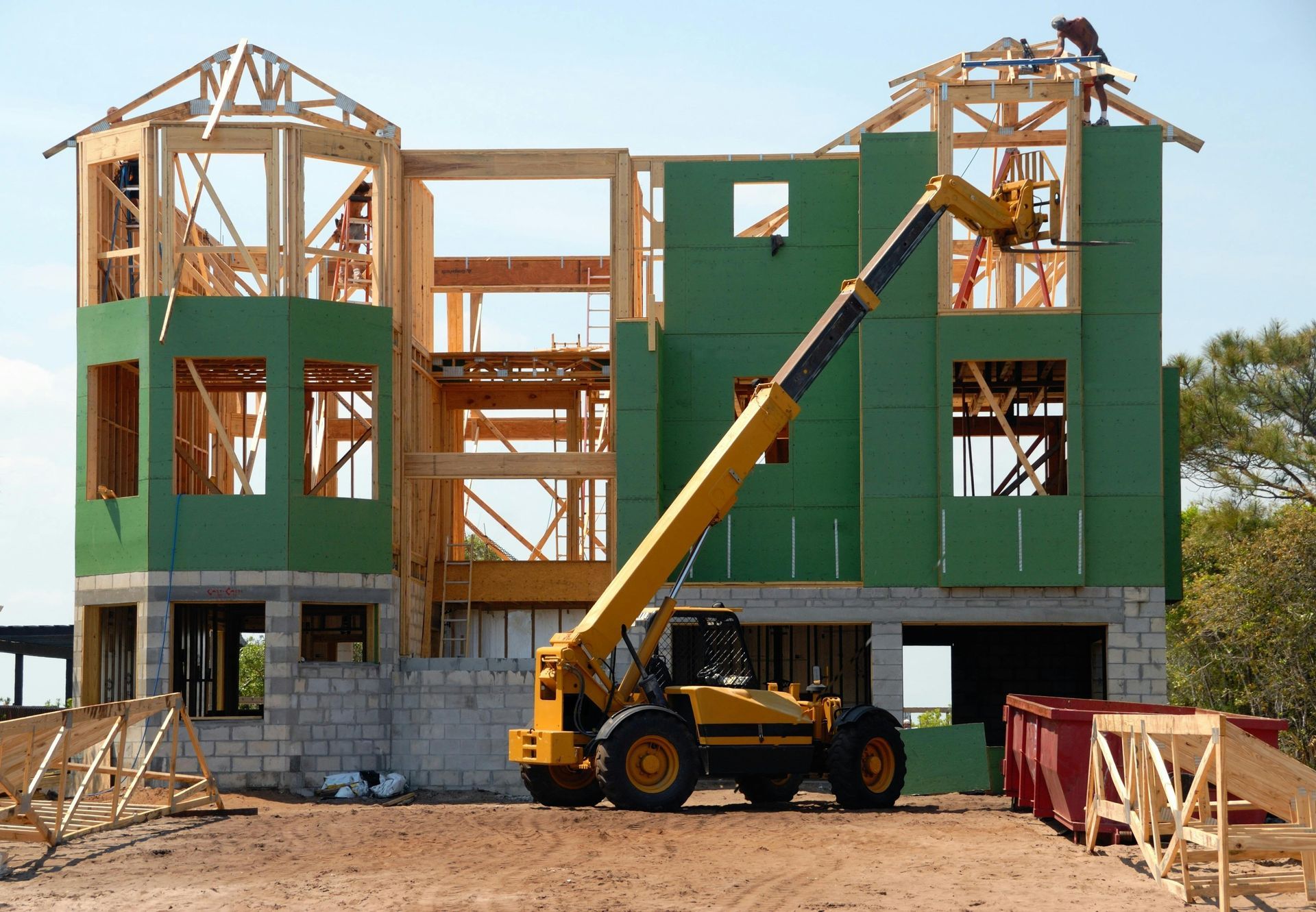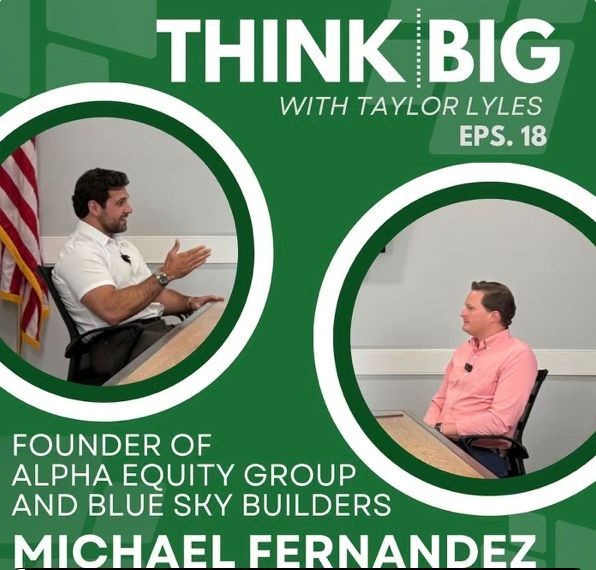Resources
All Posts


Capital Markets


Real Estate Investing 101
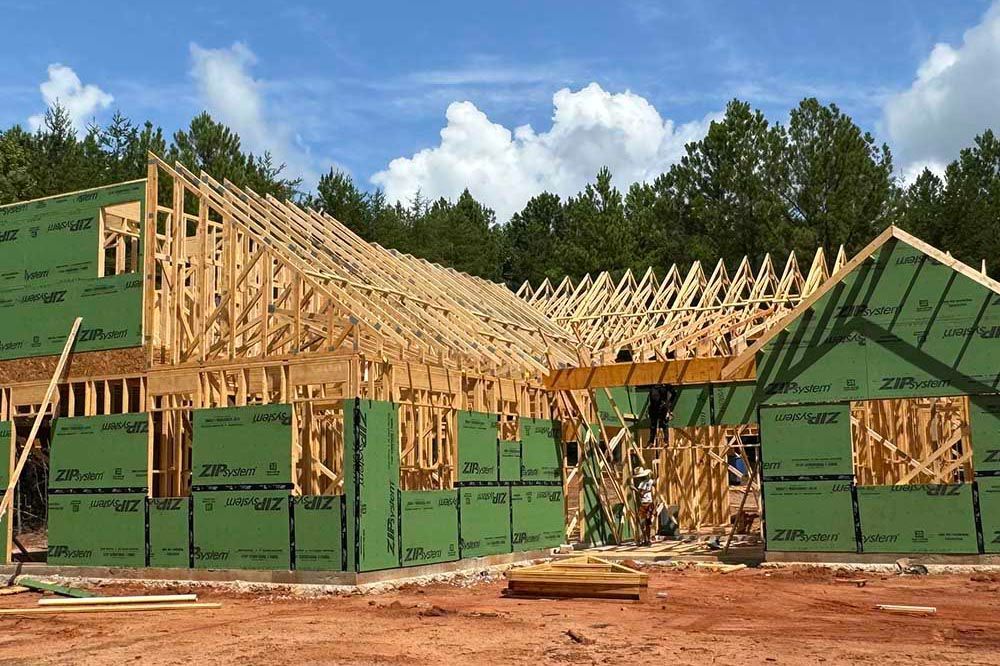
Market Monitor
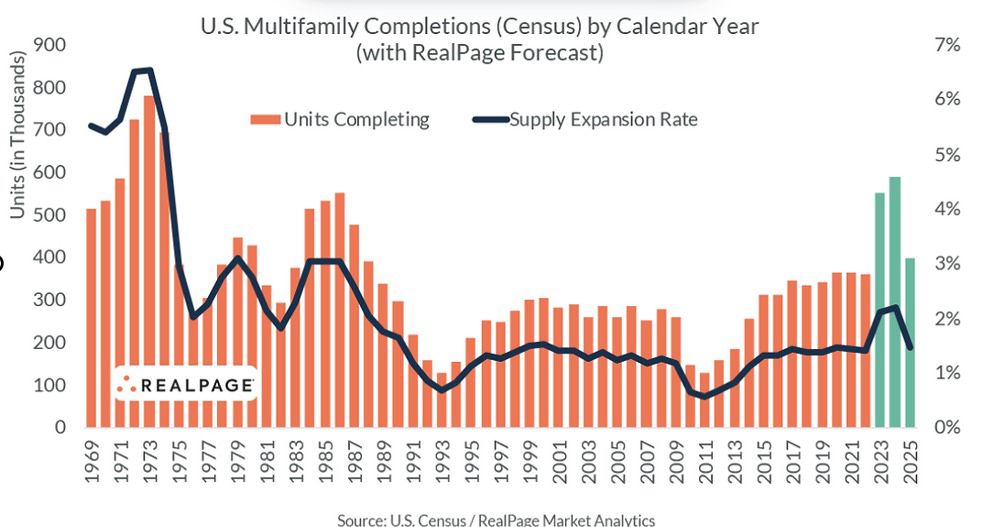
Advanced Investing Topics


NEWS AND EVENTS

FAQ
How do I get in touch with your team to discuss investing or if I have questions?
You can reach us in a few different ways:
- Email: invest@alphaequityre.com
- Submit a Form: navigate to our home page and click "Get Started"
- Book a Call: navigate to our home page and click "Book a Call"
Are returns guaranteed?
No returns are guaranteed and investors must be comfortable with the inherent risks associated with real estate investing. Stated projections are unlikely to come true in reality. Please head over to our resources section of our site to learn more about various investment risks.
How many offerings do you have per year?
Offerings can vary but broadly speaking, Alpha Equity may have anywhere from 2-4 equity investment opportunities per year. On the other hand, the Catalyst Strategic Credit Fund is a perpetual, evergreen debt offering. Please reach out to us to learn more about the current opportunities available.
What is your typical minimum investment?
The minimum investments for our offerings range from $50,000 to $100,000
Can I liquidate my investment whenever I want or do I have to wait?
Most investments offered are illiquid, and investors must hold their investment for the period specified in each offering. Catalyst Fund investors may request to liquidate their investments after a 12-month lock-up period, subject to the Manager’s discretion and other constraints specified in the offering’s PPM.
Can I invest if I am unaccredited?
Many of our offerings are for accredited investors only, however, we do have offerings open to unaccredited investors from time to time. Please schedule a call with us so we can better understand your goals.
How do I know if I am accredited?
Generally, you have to meet the following criteria to be considered accredited:
Have an individual net worth, or joint net worth with their spouse or spousal equivalent, that exceeds $1 million (excluding the value of your primary residence)
- Have individual income exceeding $200,000 in each of the past two financial years and a reasonable expectation of satisfying this requirement in the current year
- Have combined income with their spouse exceeding $300,000 in each of the past two financial years and a reasonable expectation of satisfying this requirement in the current year; or
- Hold a Series 7, Series 82 or Series 65 financial services license.
Is accreditation verification required to invest in your offerings?
Many of our offerings, including the Catalyst Strategic Credit Fund, fall within the SEC rule referred to as 506(c). In these cases, the rule requires that Alpha Equity verifies the accreditation status of investors. We can provide a letter that your CPA, attorney, or financial advisor can sign off on or alternatively, you can go to verifyinvestor.com and provide us with their verification documentation. Once an investor is verified, they will not need to re-verify themselves for a period of 5 years.
Once I invest, how do I track updates and the status of my investment?
Investors who have subscribed to one of our offerings will gain access to a private portal under Juniper Square, our investor management software. In your portal, you will be able to track your investment distributions, view reports, tax forms, and more. Once you invest with us once you will not have to make another account. All of your investments, as well as other open offerings, will live in your portal.
Do you charge fees in your offerings?
Yes. Our fees vary from offering to offering. Please refer to an offering's PPM for a full understanding of all fees associated with a particular investment.



